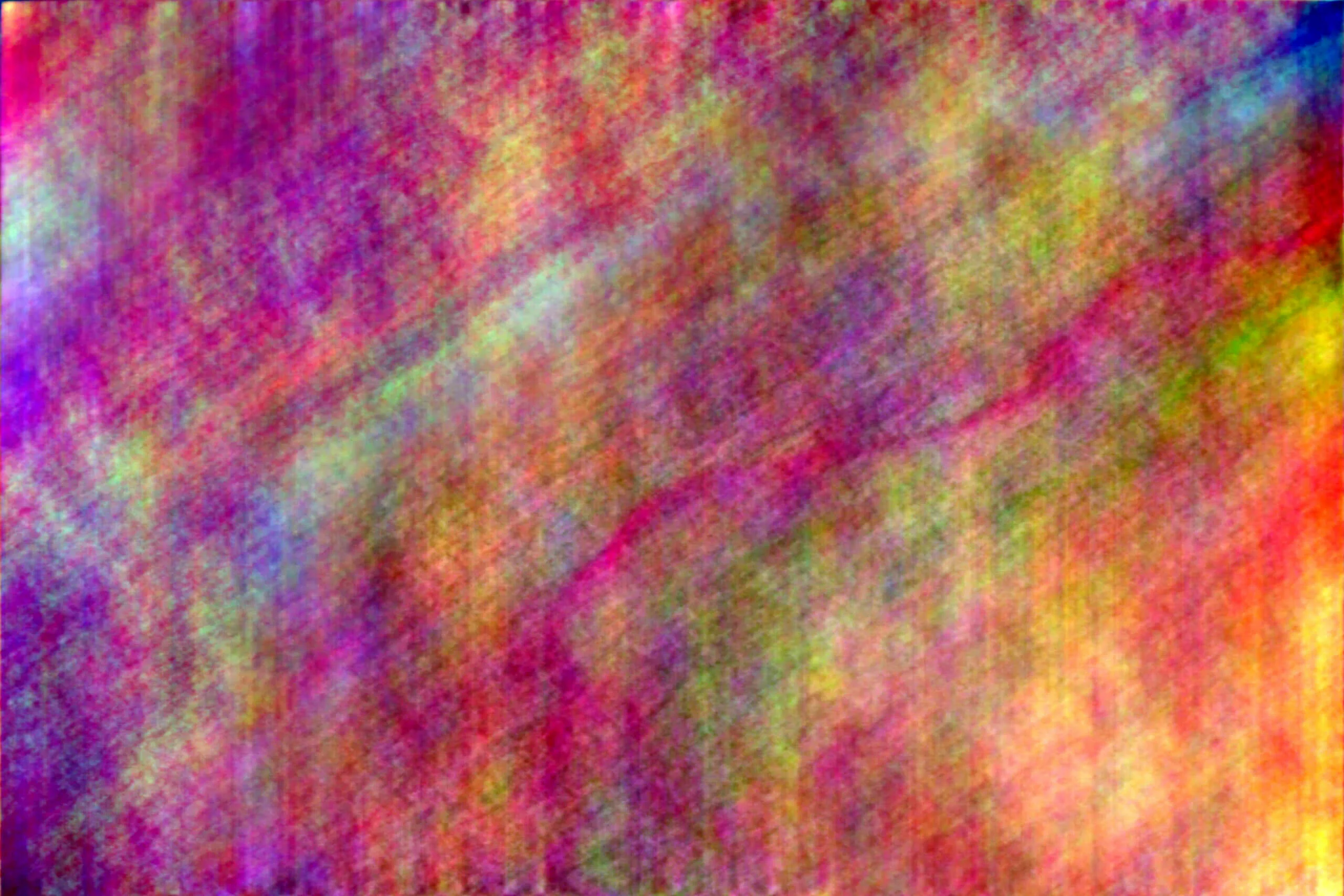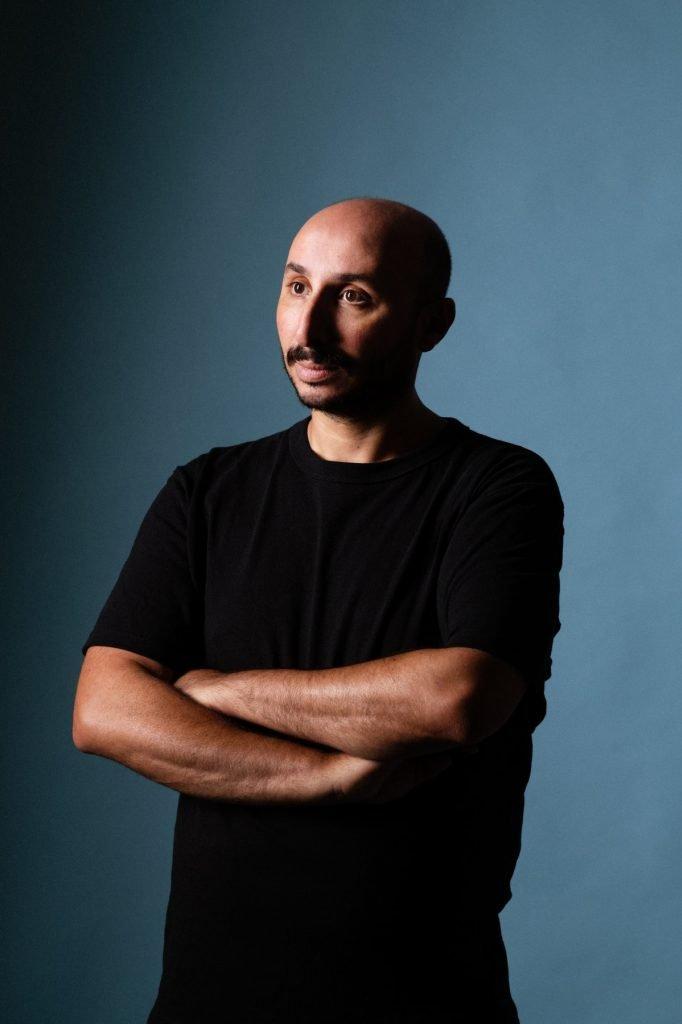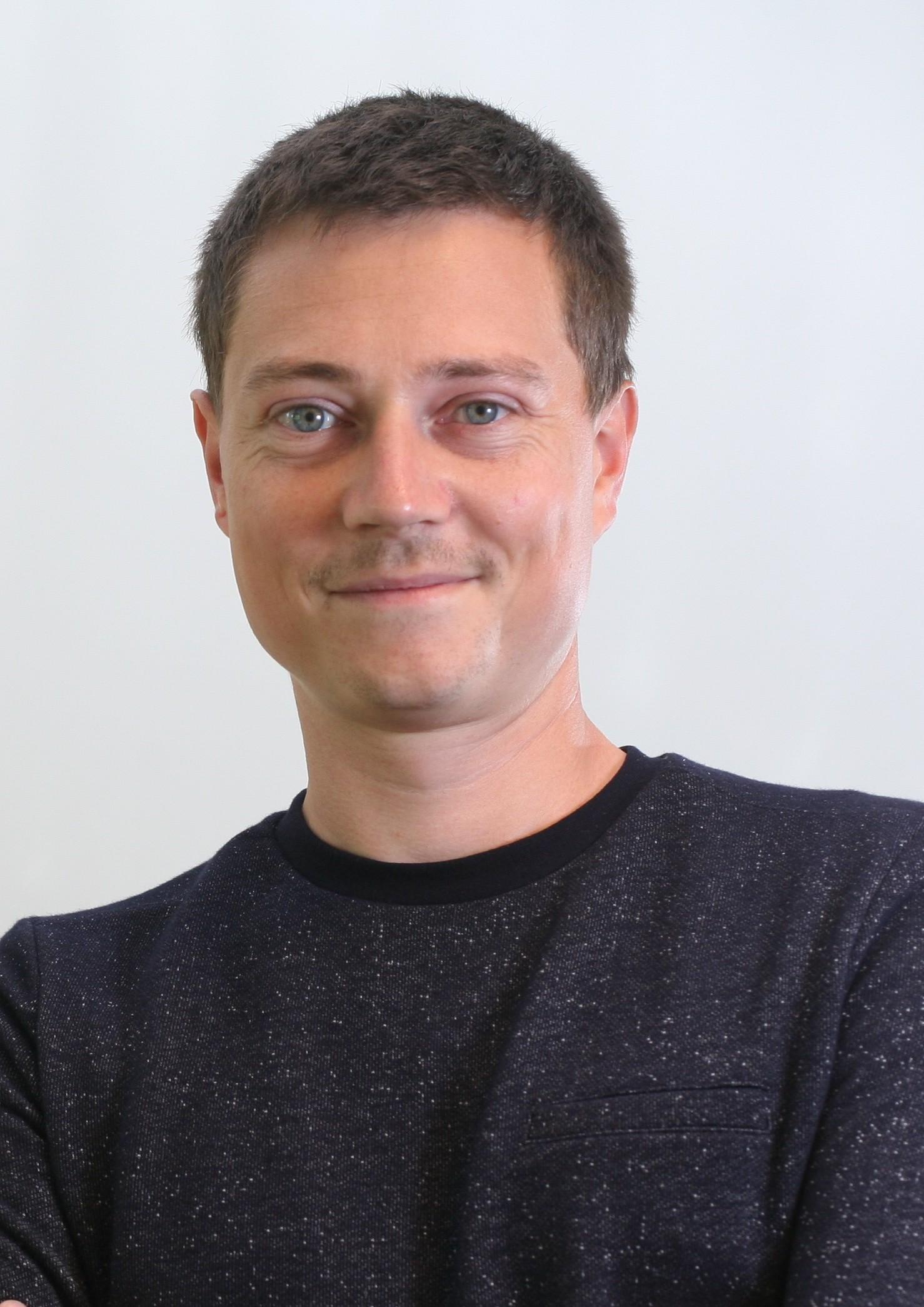An artist creates an image with help from a scientist
Date:
Date:
Changed on 05/09/2022

The exhibition has its roots in a call for proposals launched by the Centre National des Arts Plastiques (Cnap) and Jeu de Paume Museum, with support from the Ministry of Culture.
This was aimed at “encouraging highly contemporary artworks employing the use of innovative technology, from 3D printers and virtual reality to online platforms, computer modelling and ocular sensors.” Prospective applicants were invited to “employ all available digital resources, and even to explore new technology, in dialogue with engineers, researchers and scientists.”
Titre
Image

Verbatim
I would describe myself as an experimental photographer. My work is conceptual. I focus more on what constitutes photography than the image itself, tackling issues such as representation, perception, recording, colour and how it is reproduced.
I have always been fascinated by how photographers demonstrate sensitivity in what is a completely mechanical, chemical medium.
Auteur
Poste
Artist Photograph
Three years ago, this approach saw the artist join the University of Strasbourg for a residency as part of a cross-disciplinary project called Supplementary Elements. It was there that he met Jean-Pierre Bucher, a researcher at the Institute of Material Physics and Chemistry (IPCMS). “Jean-Pierre is a physicist whose work is focused on scanning tunnelling microscopy. Imagine a very fine point. If you pass an electrical current between this point and the crystal you’re looking to observe, this will create a quantum tunnel. An atom will attach itself to the end of the point. Moving this point will then drag the atom onto the surface of your crystal, allowing you to interpret variation in current and to produce a 3D image of the relief at molecular level.”
However, in practice, it was difficult to use the instrument for creative work. “There was no way of incorporating any of my samples, which would have made it difficult to work together. We didn't pursue it any further.”
But then, a few weeks later, Jean-Pierre Bucher got back in touch. “He told me about a signal that might interest me: the sound signal exiting the point, which corresponds to the noise of the roughness of the substrate. Naturally, this did interest me, particularly seeing as it was the sound of the molecular roughness of silver. I appreciated the symbolism, given the role which silver has played in the history of photography, and so I decided to go for it.”
A few months later, the call for proposals for the Images 3.0 exhibition came along, providing an opportunity to take things further. “I got in touch with Thomas Maugey, a friend of mine who is a researcher specialising in signal processing. We started talking about the subject, trying to see how we could transpose the sound signal into light and image.”
Titre
Image

Verbatim
All the artistic intentions behind the project were Mustapha’s. I provided my expertise in signal processing. We began by recording the sound produced by the vibration of a photon on a molecule of silver in a molecule on a silver surface. We tried to interpret that vibration in various forms in order to analyse the frequencies and transpose them into a sequence of colours. We also wanted to combine an image showing the sun reflecting on a sheet of silver with Lena, a standard image used to test algorithms in the field of signal processing. We combined them using different spectrum combinations. I wanted to stick as closely as possible to the effect Mustapha was looking to achieve. You have to really try to understand the artist’s intentions in order to arrive at a method that will make them a reality. It was an interesting experience, all the more so because I really enjoy his work.
Auteur
Poste
researcher at Inria, in the team SIROCCO.
But what about the challenges posed by an artist and a scientist working together? “I studied mechanical engineering”, explains Mustapha Azeroual, “so that stood me in pretty good stead, and we were able to talk. But when people can’t understand each other, that can help to stimulate creativity. Ideas often come from misunderstandings. That was what made working with scientists enjoyable, that sense of the unexpected.”